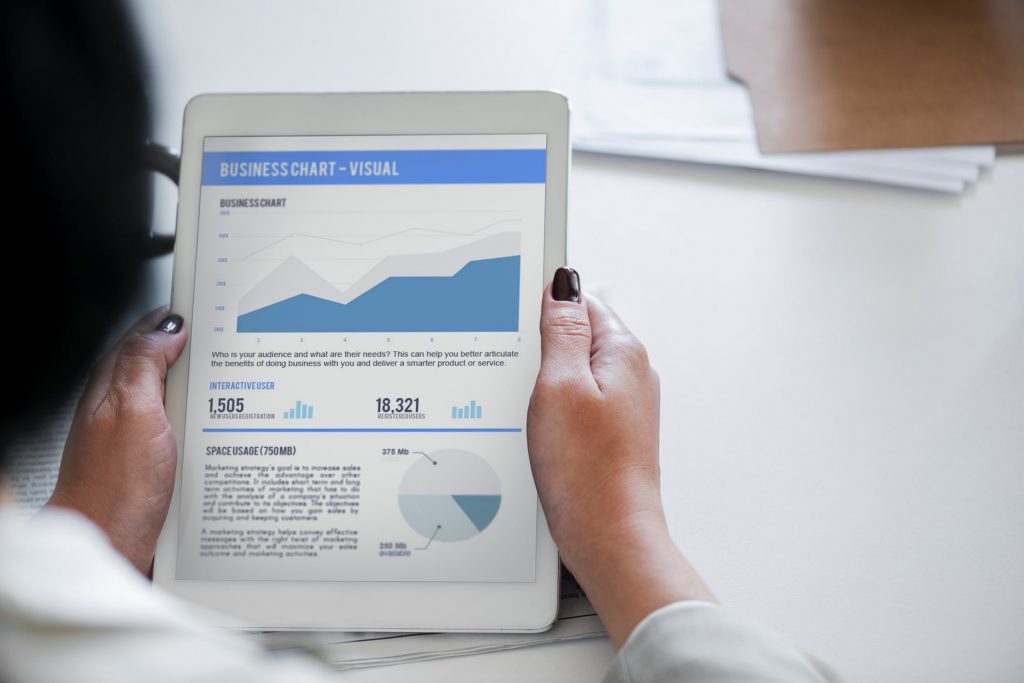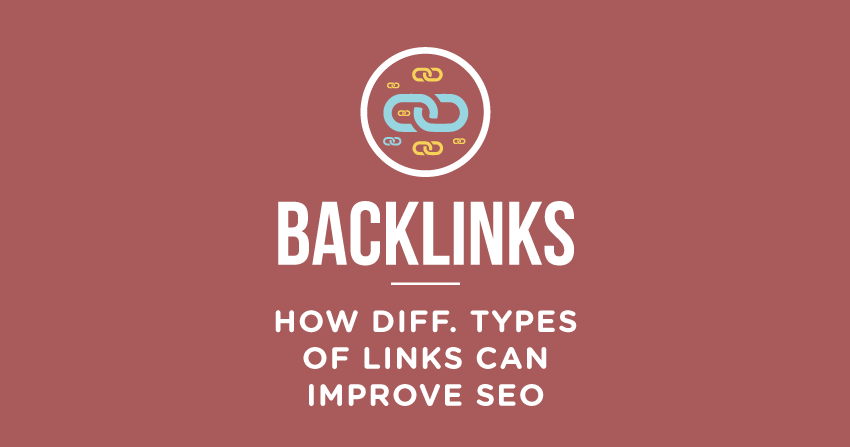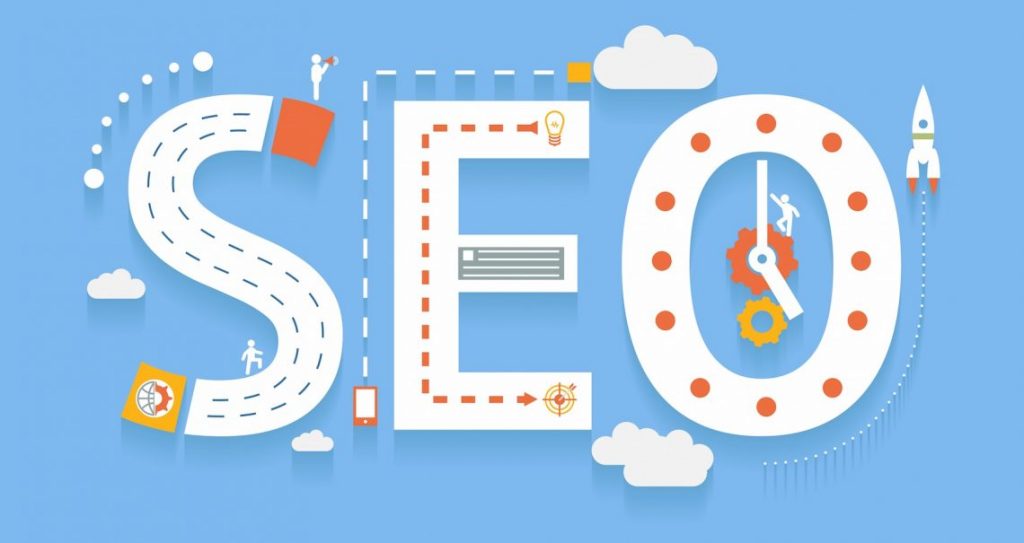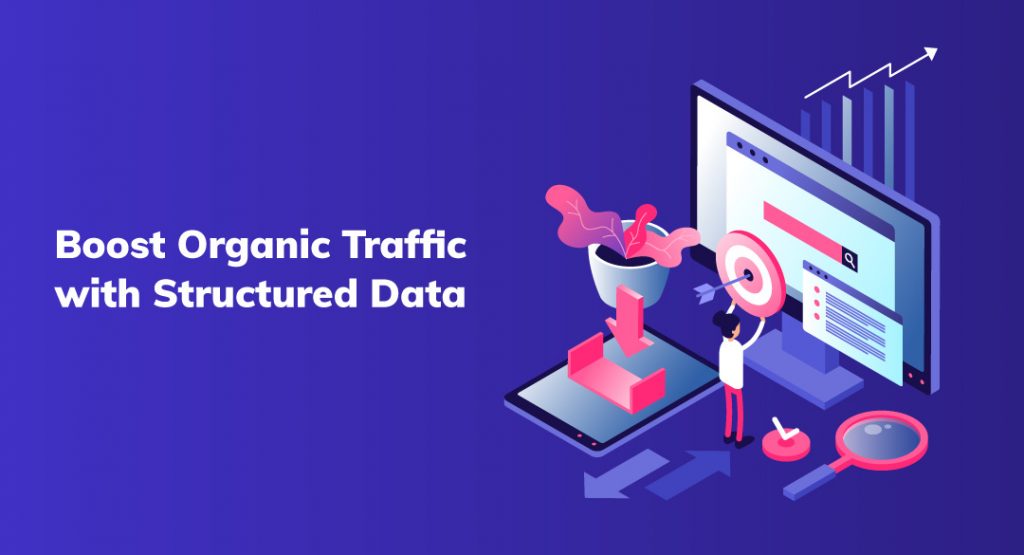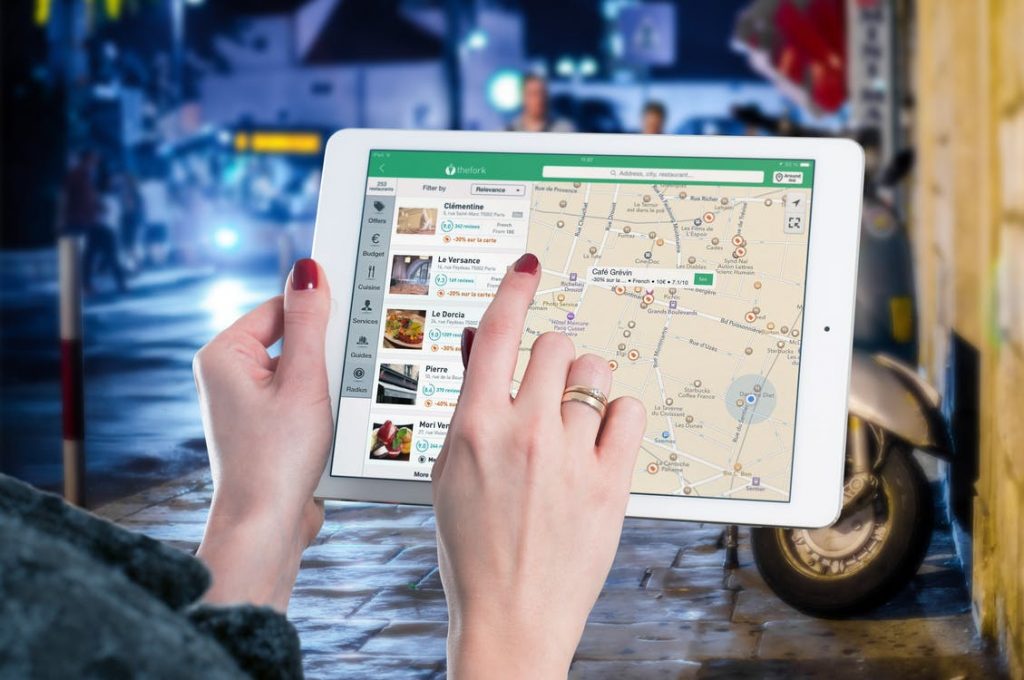When Google implemented their Pigeon search algorithm in July 2014, local search ranking took a big hit. According to Google, their new algorithm was supposed to create a tighter connection between their core and local search algorithms. Moreover, drastic changes were also seen when searching for something directly on Google Maps. After Pigeon was implemented, searches on Google Maps started to resemble those made on the normal browsers.
One of the biggest changes brought to local search was the alteration of local pack listings. Only 3 local listings were shown for each user query, down from 5 or even 7. Additionally, searching for several specific keywords wouldn’t even bring up local listings. Another change was that directory listings were no longer as impactful as before. Finally, Pigeon changed the targeted geographic regions, making them smaller.
Even though Pigeon drastically changed the way local search ranking works today, it didn’t make it less important. If you have a business that hasn’t been attracting enough local clients lately, here are a few tips to revive your local search ranking.
Why Local SEO Is Still Important
Recently, a series of studies published show that more than 95% of Americans shop online at least once a year. This doesn’t necessarily mean they spend all their money online. As a matter of fact, more than 65% of their monthly shopping budget is spent offline, in local stores. Similarly, more than 1.6 billion people shop online every year but most of their allocated funds for shopping go to local supermarkets and specialty shops. This means your local business can still thrive if you’re using your marketing resources appropriately.
The results of a relevant study from 2o17 show that 37% of responders search for local businesses online. Furthermore, another 13% of the responders said that they search for local companies on social media. This means that roughly 50% of your potential customers are searching for your business online. In comparison, only 35% of the responders said they rely on word of mouth. If your local SEO strategy is strong, you’re more likely to attract more local customers.
How To Rank Locally
There are two different ways through which your business can thrive in the local search ranking: local pack ranking and localized organic ranking. For the best results, you have to understand both methods. Local pack ranking refers to the top 3 results that are almost always shown above the rest of the organic results.
If a potential client uses his mobile device to search for something locally, Google will use the user’s current location, combined with his query in order to bring up the first 3 most relevant results. Being listed in the local pack brings even more visibility to your company.
On the other hand, localized organic search ranking refers to the traditional search engine optimization technique, which is adapted for local queries. Through localized organic search, you’re trying to rank for more localized keywords. Moreover, your backlinks will be more locally oriented as well. While it may sound like you should only strive to rank in the local pack, it’s untrue. The local results are still the first actual web pages that a user will see in their search results.
| Local Pack Ranking | Localized Organic Ranking | |
|---|---|---|
| My Business Signals | 19% | 29% |
| Link Signals | 17% | 24% |
| On-Page Signals | 14% | 11% |
| Citation Signals | 13% | 9% |
| Review Signals | 13% | 8% |
| Behavioral Signals | 10% | 7% |
| Personalization | 10% | 7% |
| Social Signals | 4% | 4% |
As you can see in the table above, Google uses the same 8 ranking factors for both cases. The only real difference is how much each ranking factor weighs. It’s quite clear that signals coming from Google My Business weigh much more for localized organic ranking in comparison to local pack ranking. It’s important to be aware of these factors. Ranking in the local pack and not on the first page of local SERPs means you’re putting too much effort into certain factors.
Local SEO Audit
Naturally, the first step to improving your local search ranking is to conduct a local SEO audit. This can be done in a number of ways. There are checklists that you can follow or experts that you can hire taking care of the audit for you. Whichever the case, know that your website should at least have the following:
- Claim your local profiles (Google My Business, Bing Places, and Yahoo! Local)
- Fully-featured “Contact” page, including complete company name, address, and phone number (also known as NAP)
- Consistent NAP throughout your website
- High-level site navigation menu that links to all of your web pages
All the above can be done without too much hassle. An SEO audit should also include extensive keyword analysis, on-page and off-page optimization, duplicate content, social media presence, citations, and so on.
NAP Consistency
Your company name, address, and phone number are extremely important not just to your customers but to Google as well. Any small inconsistencies could lead Google to misattribute the correct information to your business. The worst-case scenario here is that Google penalizes your website for these inconsistencies and your local search ranking will either stagnate or drop considerably. This doesn’t just stop at your website. Your NAP should be consistent through all of your online profiles. This means social media too.
Focus On Mobile
Mobile devices are becoming ubiquitous in our everyday lives. The latest studies show that roughly 60% of all mobile device users search for local businesses at least once a day. This percentage goes up to 90% for weekly searches. The research results don’t stop here. Almost 80% of all local queries end up with a conversion. Knowing this information should be enough to make you rethink your entire website towards making it more mobile friendly.
Behavioral signals, that count for around 7-10% in your local search ranking are an easy step to complete. Make it as easy as possible for your clients to call you. Add a “Call us” button, a link, or even an image linked to your phone number. Google tracks this closer than you would think. An easy-to-use calling option is just the first step. Use the various local and mobile web design techniques available in order to improve your mobile users’ experience.
Implement Schema Markup
The schema markup is a type of structured data. It’s also one of the newest SEO techniques available. It uses several lines of code in order to make your website data more accessible to web crawlers. Since it’s newer than other SEO techniques, it’s going to put you ahead of your competition.
Schema markup is designed for both humans and search engines. In order to make your data more easily available on the SERPs, the schema markup shows search engines what your data means. By using schema, you can create rich snippets that contain more information about your business. This allows your customers to decide faster if they want or need to visit your website or not. Your local search ranking will improve visibly after implementing a schema markup.
Local Backlinks
Link building is important for all types of search engine optimization. Whether it’s local or normal SEO, proper link building makes a difference. This happens mostly because Google uses inbound links as an indicator of your website’s relevance to its niche.
The best backlinks are those that come from authoritative websites. The higher the linking website authority, the more weight that link will have for your search ranking. However, in the case of local SEO, authoritative websites are those that are local. Nevertheless, a backlink from a highly-reputable website will still have a positive impact. The biggest local search ranking impact will come from the local online newspapers, a community newsletter, other local businesses, and so on.



